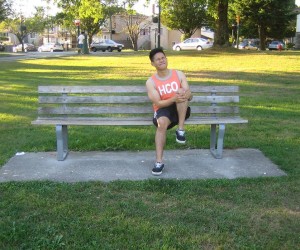Posterolateral corner injuries are generally linked with sports injuries, falls and vehicular accidents. In some cases, knee ligament injuries involve damage to the posterolateral corner and often occur with other cruciate ligament injuries.
The posterolateral corner provides both dynamic and static stabilization of the knee joint. It is important to note that the posterolateral corner is the region on the exterior of the knee extending from the base of the femur to the lower leg bones beneath the exterior of the knee.
What are the causes?

The posterolateral corner of the knee is typically damaged after a combination of hyperextension and varus force to the knee. Other factors include hyperextension and external rotation of the tibia.
Indications
The injuries that involve the posterolateral corner may or might not occur with other injuries to the other knee structures. The indications of posterolateral corner injury generally include:
- Knee pain or swelling over the posterolateral surface
- Pain or discomfort that is worsened by weight bearing activities particularly those that involve excessive loads on the lower limb such as jumping, rapid directional changes and walking uphill
- Sensation of weakness or the area around the knee is about to “give away”
How is it diagnosed
If an individual is suspected with an injury to the posterolateral corner, the doctor will check for indications of injury. Palpation and a series of stability tests to the knee ligament are done during the physical exam to confirm the injury. In some cases, an MRI is needed to confirm a diagnosis.
Prevention
Various measures can help lower the risk for a posterolateral corner injury such as:
- Poor biomechanics of the ankle or knee joint should be corrected
- Wearing proper footwear during exercise
- Perform proper warm-up and stretching before and after physical activity
- Correcting any muscular imbalances in the lower limb
- Avoid abrupt increase in the training intensity or frequency
- Strengthening of the lower limb muscles
Quick Note / Disclaimer
The material posted on this page on posterolateral corner injury is for learning and educational purposes only. To learn to recognize and manage this form of injury, register for a first aid and CPR course with Saskatoon First Aid.
